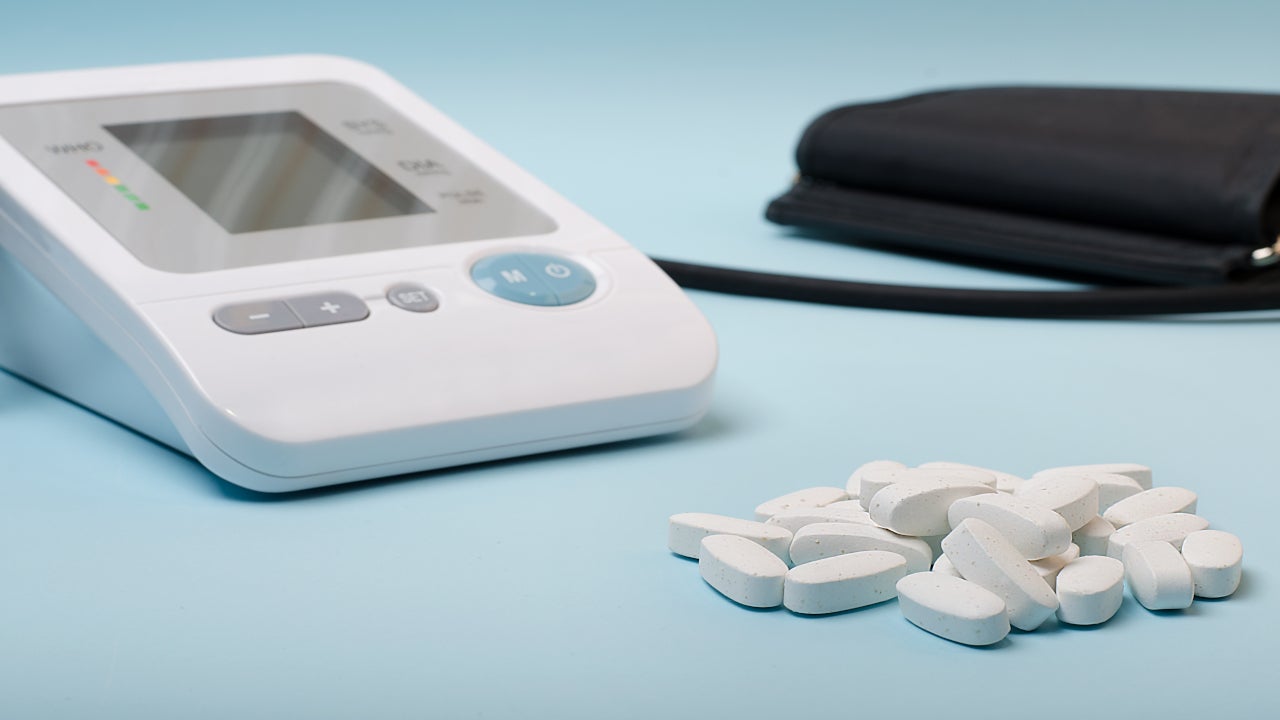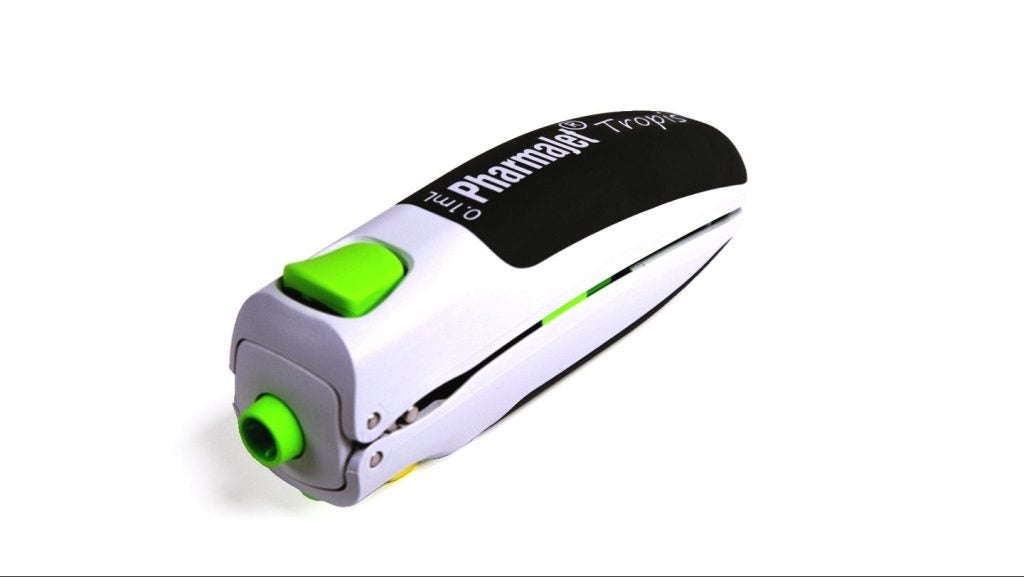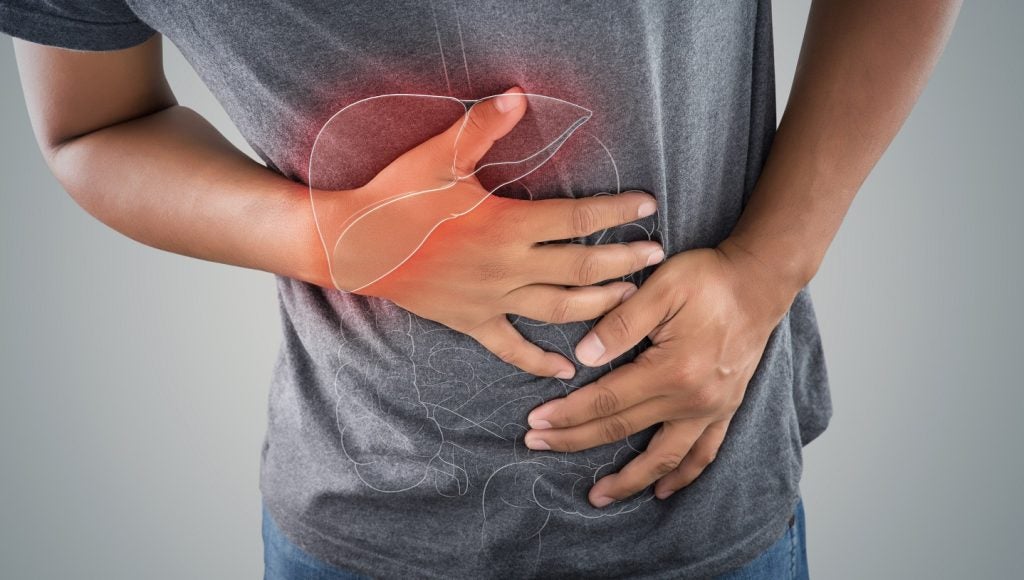
Theravance Biopharma’s Phase III trial investigating ampreloxetine in symptomatic neurogenic orthostatic hypotension (nOH) may find it challenging to demonstrate real-world relevant results despite a clinically relevant primary endpoint, experts said.
The Phase III SEQUOIA trial has a primary endpoint investigating patient-reported changes in dizziness and lightheadedness based on a 10-point scale. Experts said a one-point improvement in this scale is clinically relevant and FDA approvable. However, SEQUOIA will need to demonstrate considerably superior results in all endpoints relevant to improvement in symptoms or quality of life (QoL) for real-world value, they noted. SEQUOIA’s questionnaire-based primary and secondary endpoints, which are inherently subjective, and the wide array of nOH patients may be an obstacle for the trial from demonstrating superiority, they added.
On 18 March, this news service reported placebo-controlled SEQUOIA was nearing its 188-patient target recruitment completion. SEQUOIA demonstrated a one-point primary endpoint improvement was achievable based on available Phase II data and its logical mechanism in blocking relevant neuron receptors, experts said. SEQUOIA should read out in 3Q21, a Theravance spokesperson noted. Ampreloxetine is estimated to have peak sales of $287m in 2026, as per GlobalData consensus forecast. Theravance has a $1.32bn market cap.
Primary endpoint appropriate for approval but dramatic effect wanted
nOH patients struggle to change positions, such as from sitting down to standing up, as blood vessels fail to prevent the blood from pooling in the lower extremities. This temporary reduction of blood circulation in the brain leads to dizziness or lightheadedness, making the patient susceptible to falls. nOH is observed in patients with multiple system atrophy (MSA), Parkinson’s disease and pure autonomic failure (PAF).
SEQUOIA’s primary endpoint measuring dizziness and lightheadedness is clinically relevant in nOH, an electrophysiologist said. SEQUOIA’s primary endpoint is score change from baseline on the first question of the Orthostatic Hypotension Symptom Assessment (OHSA #1) questionnaire. OHSA #1 relates to dizziness, lightheadedness, feeling faint, or feeling like blacking out. The score ranges from 0 to 10, with 10 being worst possible score. SEQUOIA patients must have a score of at least 4 at the randomisation visit. A one-point improvement in SEQUOIA’s primary endpoint at week four is clinically relevant, an autonomic disease physician said.
How well do you really know your competitors?
Access the most comprehensive Company Profiles on the market, powered by GlobalData. Save hours of research. Gain competitive edge.

Thank you!
Your download email will arrive shortly
Not ready to buy yet? Download a free sample
We are confident about the unique quality of our Company Profiles. However, we want you to make the most beneficial decision for your business, so we offer a free sample that you can download by submitting the below form
By GlobalDataThe alternative primary endpoint would have been to investigate ampreloxetine’s effect on patient blood pressure (BP) when upright, the electrophysiologist noted. However, this endpoint lacks clinical relevance, since easing BP may have a limited implication on easing symptoms, as observed with generic midodrine in nOH, he said.
Nevertheless, a one-point improvement in OHSA #1 may have limited bearing in the real world as caring for nOH patients is complex, the electrophysiologist said. For SEQUIOA to make a dramatic impact in nOH, its data should also show dramatic improvement in patient symptom and/or QoL, the electrophysiologist said. The end goal is to make patients as functional as possible, a second autonomic disease physician added.
The trial’s secondary endpoints are Orthostatic Hypotension Daily Activity Scale (OHDAS), Patient Global Impression (PGI) scale and incidence of falls. SEQUOIA’s several disease-specific functional scales are intended to describe the functional status of patients, the spokesperson said. These additional scales may allow for an elaboration on OHSA #1 results with improvements in standing, walking and QoL, among others, she explained.
However, such a dramatic effect could be hard to capture in SEQUOIA. Patient-reported questionnaires like OHSA attempt objectivity when patient assessments are inherently subjective, the electrophysiologist said. While clinicians aim to explain questionnaires consistently between patients, one patient may still understand the question differently from another, a SEQUOIA investigator added. OHSA asks for a patient’s average nOH symptoms within the past week, the first physician noted. This means a patient can have variable symptoms within a certain week, which can make it challenging for the patient to assess overall improvement within a seven-day timeframe, she added.
The incidence of falls within four weeks is more clinically relevant than OHSA #1, but the trial would need to be larger or longer in duration because falls is an event-driven endpoint, the second physician explained.
Patient heterogeneity also a confounding factor
Another SEQUOIA complication is the wide range of nOH patients, the first physician said. In SEQUOIA, some patients could be so severe a one-point improvement in OHSA #1 may not be noticeable, the investigator added. Dramatic data would account for patient heterogeneity, the electrophysiologist added.
Nonetheless, the trial’s recruitment of patients with a score of 4 or more is a reasonable inclusion criterion to identify patients who require therapeutic help, the electrophysiologist added. Patients who are severe, like those who cannot stand for one minute, should start therapeutic intervention, the first physician added.
There are several ways for SEQUOIA to reduce the risk of a noisy efficacy signal, the spokesperson said. For example, approximately 40% of SEQUOIA patients will have MSA and the remaining 60% will have Parkinson’s disease or PAF, she explained. Based on experience, the first physician said MSA patients may be best suited for ampreloxetine because they have normal norepinephrine levels compared with Parkinson’s disease and PAF patients. Still, more data is needed to see whether there are patients with certain clinical characteristics who are more or less likely to respond, the investigator added.
As a part of its FDA registrational package, ampreloxetine is also in a 22-week, 258-patient, Phase III REDWOOD trial with the same scale-based endpoints, activity monitors and a three-year extension. However, as observed in practice, any nOH therapeutic intervention may not work for the long term, so several adjustments to the treatment may be needed to maintain efficacy, the electrophysiologist said. Patients’ bodies get used to the therapeutic intervention, with the therapy finding alternative pathways to overcome barriers established by the therapy, he explained. For example, one way is for the body to increase relevant receptor numbers, he added. Ampreloxetine inhibits norepinephrine reuptake by blocking neuron receptors.
In the context of the multifactorial challenges in treating nOH patients, if ampreloxetine can get patients close to normal even for a few months, this would be a significant step, the electrophysiologist said. However, clinicians would need to develop a certain degree of familiarity with any new nOH therapy as it must blend with the patients’ existing therapies for other conditions, the second physician added. For example, many patients have hypertension, and if they are prescribed any drug to increase BP it would make their hypertension worse, the investigator explained. Ampreloxetine’s impact on BP is anticipated due to its mechanism, the investigator and the first physician said. SEQUOIA excludes patients who use concomitant antihypertensive medication for hypertension unrelated to autonomic dysfunction.
Primary endpoint achievable, supporting approval prospects
With regards to SEQUOIA’s positive trial prospects, ampreloxetine’s encouraging Phase II data may support trial success, the investigator said. A one-point change may be enough for approval as the FDA has indicated such a change is clinically meaningful, the first physician said. In the Phase II trial, in 13 patients at week four, the mean change in OHSA #1 was a 4-point reduction from baseline, as per a January company presentation. At week 20, the mean change was a 3-point reduction from baseline in seven patients.
Ampreloxetine also has a logical mechanism in nOH, the investigator added. Ampreloxetine works by blocking the receptor responsible in clearing the neurotransmitter norepinephrine between the synaptic space, allowing norepinephrine to stay between neurons for a longer period, the first physician explained. In effect, the patient would have better BP regulation to ease nOH symptoms, she said.
Ampreloxetine’s efficacy potential is bolstered by the success of another drug, generic droxidopa, the electrophysiologist said. Droxidopa is a synthetic amino acid precursor and a prodrug to norepinephrine, he explained. Droxidopa offers functional improvement in real-world patients, as it works in the brain as well as lower extremities to regulate BP as close to normal as possible, he added.
However, droxidopa and ampreloxetine have different mechanisms, the investigator and the first physician said. Droxidopa works even if norepinephrine is in low levels, the first physician added. To maximise ampreloxetine’s efficacy potential, there may be a baseline level of norepinephrine required, she explained. While the spokesperson noted SEQUOIA has a baseline norepinephrine inclusion in the trial, it is not detailed on ClinicalTrials.gov.
Nevertheless, using available nOH therapies as a benchmark for how ampreloxetine should perform may be flawed because approved therapies, including droxidopa, have limited clinical trial data in a small number of patients, the electrophysiologist said. Ampreloxetine has an advantage due to being a once-daily drug, whereas droxidopa is taken three times per day, the investigator noted. Droxidopa’s FDA approval was based on a 0.9-point improvement in OHSA #1, and this change was not seen two weeks after dosing, the spokesperson added.
The Phase II data show the most frequently reported adverse events were urinary tract infection, hypertension and headache. The electrophysiologist noted BP change such as supine hypertension should be monitored. Supine hypertension refers to an elevation of BP when the patient is lying down. If their BP rises, this can create the risk for stroke and other adverse effects. As such, there is a need to regulate their BP from becoming too high. Reassuringly, as observed in some patients taking droxidopa, BP can normalise over time via an unknown mechanism, the electrophysiologist added.
Reynald Castaneda is an Associate Editor for Clinical Trials Arena parent company GlobalData’s investigative journalism team. A version of this article originally appeared on the Insights module of GlobalData’s Pharmaceutical Intelligence Center. To access more articles like this, visit GlobalData.









Related Company Profiles
Paf
Sequoia
Insights Co Ltd
BP Plc